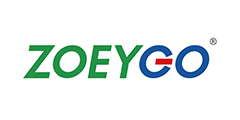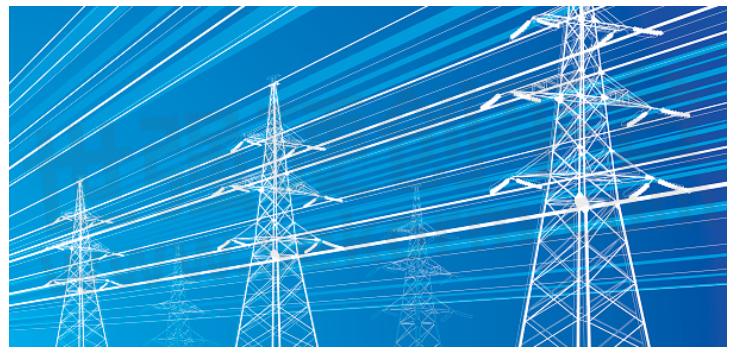Bidirectional DC DC Converter: A Two-Way Power Transfer Solution

A bidirectional DC-DC converter is a power transfer solution that allows for two-way power conversion between two different voltage levels. This type of converter is commonly used in applications where power needs to be transferred bidirectionally, such as in electric vehicles, renewable energy systems, and battery charging systems.
The bidirectional DC-DC converter is a device that converts power from a high voltage level to a low voltage level, or vice versa, depending on the direction of power flow. This is achieved by using a combination of power switches, inductors, capacitors, and control circuitry.
The converter operates in two modes: buck mode and boost mode. In buck mode, the converter steps down the voltage from the high voltage level to the low voltage level. In boost mode, the converter steps up the voltage from the low voltage level to the high voltage level. The direction of power flow determines which mode the converter operates in.
The bidirectional DC-DC converter has several advantages over other power transfer solutions. One of the main advantages is its efficiency. The converter is designed to minimize power losses and maximize power transfer efficiency, which results in less energy wasted and more energy transferred between the two voltage levels.
Another advantage of the bidirectional DC-DC converter is its flexibility. The converter can be used in a variety of applications and can handle a wide range of voltage levels. This makes it an ideal choice for applications where power needs to be transferred bidirectionally between two different voltage levels.
In addition, the bidirectional DC-DC converter is compact and lightweight, which makes it easy to integrate into existing systems. This compact design also helps to reduce the overall cost of the system, as fewer components are required to achieve the same level of power transfer efficiency.

Fig.1
Despite its many advantages, the bidirectional DC-DC converter also has some limitations. One of the main limitations is its complexity. The converter requires a sophisticated control circuitry to ensure that the power transfer is efficient and reliable. This complexity can increase the cost and complexity of the overall system.
Another limitation of the bidirectional DC-DC converter is its susceptibility to electromagnetic interference (EMI). The high-frequency switching signals used by the converter can generate EMI, which can affect other components in the system and reduce overall system performance.
In conclusion, the bidirectional DC-DC converter is a two-way power transfer solution that offers several advantages over other power transfer solutions. Its efficiency, flexibility, and compact design make it an ideal choice for applications where power needs to be transferred bidirectionally between two different voltage levels. However, its complexity and susceptibility to EMI may limit its use in certain applications.
- +1 Like
- Add to Favorites
Recommend
- Bidirectional DC DC Converter: A Comprehensive Overview
- Bidirectional DC DC Converter: A Solution for Efficient Power Transfer
- Bidirectional DC DC Converter: Principles and Applications
- Bidirectional DC DC Converter: An Innovative Solution for Efficient Power Transfer
- Bidirectional DC DC Converter: Principles, Topologies, and Applications
- Bidirectional DC DC Converter: A Solution for Efficient Power Conversion in Renewable Energy Systems
- Bidirectional DC-DC Converter: An Efficient Solution for Power Conversion
- Bidirectional DC-DC Converter: An Innovative Solution for Efficient Power Conversion
This document is provided by Sekorm Platform for VIP exclusive service. The copyright is owned by Sekorm. Without authorization, any medias, websites or individual are not allowed to reprint. When authorizing the reprint, the link of www.sekorm.com must be indicated.





























































































































































































































































































































































































































































































































































































































































































































































































































































































